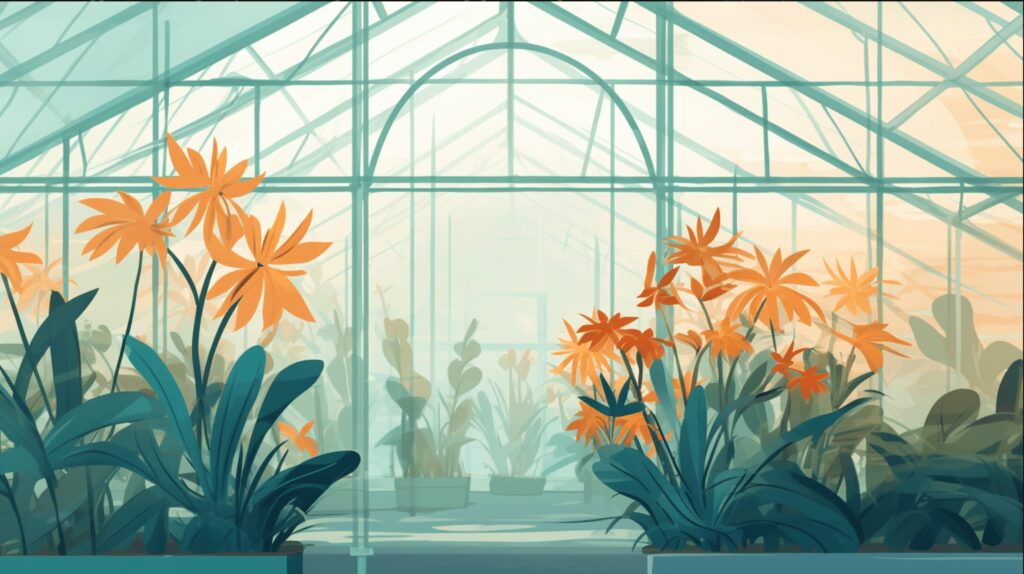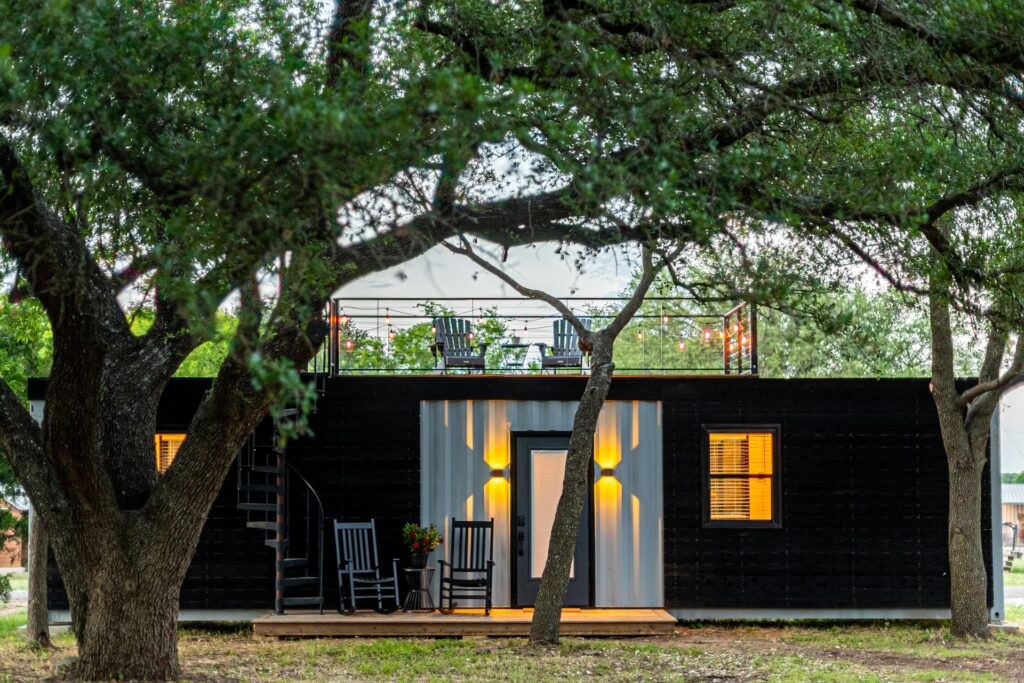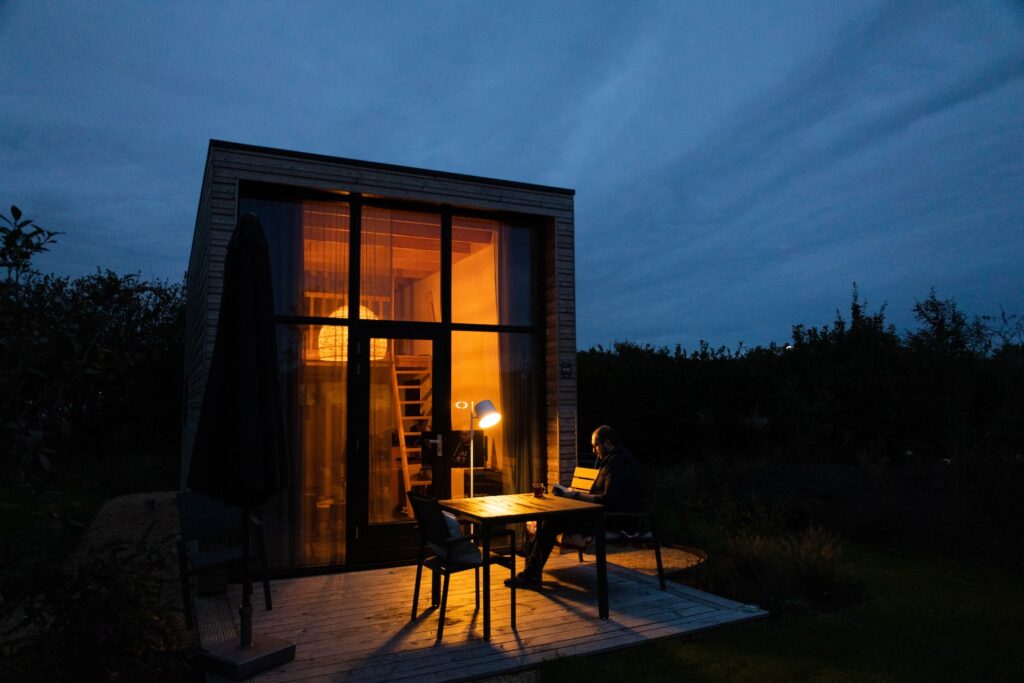
We are reader-supported. When you buy through links on our site, we may earn an affiliate commission.
What does it take to build a greener planet? Infrastructure construction has a lot to do with sustainability.
Infrastructure construction necessarily disrupts the environment, but the changes need not entail ongoing destruction when completed mindfully, with proper planning and intention. Going green extends beyond improving the materials and techniques used in building necessary structures. It also entails how they are designed to facilitate cleaner living every day.
How can everyone from individuals to contractors, city governments to nationwide initiatives, pave the way to a greener future? Let’s take a closer look at how infrastructure construction and sustainability intertwine.
What Is Infrastructure?
You hear the term “infrastructure” a lot on the news and in political debate, but what is it? You might associate it with crumbling bridges or train derailments, but it encompasses much more. Infrastructure refers to the basic physical structures and systems used by society to perform the tasks of daily life. It includes things such as:
- Schools and government buildings
- Communication systems
- Highways and roadways
- Railways and mass transit systems
- Utilities such as sewage, water and electricity
A given region’s infrastructure has a significant impact on overall quality of life. Well-designed and planned transportation corridors make it easy to get from work to school to soccer practice and back again. High-speed internet and phone lines keep people connected over the miles and allow the transfer of data to facilitate telework. Proper waste management preserves precious resources and keeps things safe and sanitary.
How Infrastructure Construction and Sustainability Intertwine
Infrastructure construction and sustainability intersect in multiple ways. The simple act of building things alters the environment. According to recent research, the construction sector is responsible for 50% of climate change, including:
- 23% of air pollution
- 40% of water pollution
- 50% of landfill waste
- 40% of energy usage
Problems also arise from using the infrastructure construction creates. For example, congested roadways lead to lengthy idle times and countless emissions. A lack of sidewalks and properly protected bike lanes gives those who would rather green their commute no choice but to travel by car. And how many of us have encountered compost or sorting bins for organic waste and recyclables when stopping for gas on a lengthy road trip?
Fortunately, it is possible to build more greenly. Improved materials and methodologies minimize construction’s impact on the environment. Better planning and designs meant to suit human, not just business, need encourage the lifestyle changes that reduce the overall human carbon footprint. Infrastructure construction improvements may be humankind’s biggest chance to make a meaningful difference in the battle to slow climate change.
Examples of Infrastructure Construction Improvements That Promote Sustainability
What kinds of construction infrastructure improvements can promote greater sustainability? Here are five ideas for projects that developers and city planners should consider when renovating existing infrastructure and designing new communities.
1. Improved Walk and Bike Scores
Driving accounts for 16.2% of all global greenhouse gas emissions. Many people would prefer to skip the commute or use a greener alternative, but doing so simply isn’t feasible where they live. Many rural areas lack bike lanes and sidewalks, meaning pedestrians risk fatal encounters with traffic. Riding a bike without a dedicated lane is equally hazardous in congested urban areas.
The solution is infrastructure construction tailored for pedestrians and bike traffic, not just cars. Dedicated bike lanes improve with barriers and rumble strips that warn drivers and keep cyclists safer from vehicles that may exceed speeds of 50 miles per hour in some areas. Greenbelts and sidewalks with adequate foliage and tree coverage invite foot traffic — and benefit local businesses that ring up impulse purchases from passing window shoppers.
2. Electric Vehicle Infrastructure
Electric cars create no tailpipe emissions, and research is underway to make their batteries safer and longer lasting while improving charge time and capacity. However, some people still shy away from investing in one out of fear that insufficient infrastructure will leave them stranded when they run out of battery.
Charging infrastructure construction can improve sustainability by doing more than providing adequate charging stations. By covering parking lots with sufficient sunlight with solar panels, developers can provide the necessary juice for employees and visitors to government buildings and generate energy to run the attached facility. Using such spaces also reduces the need for solar farms elsewhere, preserving available land.
3. Waste Management Facilities
The average American tosses over four pounds of trash each day, and much of it ends up in landfills. Landfills are problematic because they create anaerobic conditions where organic matter cannot break down into soil — doing so requires oxygen. Instead, these facilities release methane, a greenhouse gas heavier than carbon dioxide.
Single-stream recycling results in far too many recyclable materials ending up in landfills, anyway, thanks to cross-contamination. Cities and municipalities should provide separate recycling bins. They should clearly label these receptacles to make it easier for consumers to know what to include and what belongs elsewhere.
Furthermore, municipal compost bins could go far in reducing organic waste in landfills. They are valuable for those dwelling in apartments, townhomes and condos who might not have the available yard space to create one, and the resulting material could help farmers replenish their soil or nurture community gardens.
4. Solar Power and Grid Integration
You’ve already seen how government buildings in sunny areas can benefit from covering their parking lots with solar panels. Using solar to power such facilities can also cut fossil fuel use and the resulting emissions.
Furthermore, one exciting area of infrastructure construction entails integrating solar power with the existing grid to maintain a steady, green energy supply. For example, buildings with panels can produce excess energy, selling it back to the grid, where it is stored for use in the long winter months or extended periods without sunshine. Altering the grid to flow both ways — from consumer to power plant and not only vice-versa — increases security and protects against widespread outages while improving sustainability.
5. Green Roofs
Typical roof replacement creates a lot of waste. Green roofs include a layer of vegetation over a waterproof barrier, transforming a building’s top into garden space.
Green roofs have several advantages. They naturally cool the building beneath and combat the urban heat island effect by emitting life-giving oxygen. Keeping the building cooler decreases energy use, and the additional green space gives residents a place in nature to relax or a spot for restaurants to grow fresh, organic produce. Government buildings can lead the way, encouraging area businesses to join in the sustainable improvement fun.
Infrastructure Construction and Sustainability
Infrastructure construction has a significant impact on the environment. Creating a more sustainable future means using improved planning, methods and materials to keep the planet green.
The five infrastructure improvements above could significantly reduce emissions while improving the lives and health of countless people. What’s good for the planet often benefits humanity, but it takes contractors, developers, city planners and even national governments working together to pave the way to a greener tomorrow.










